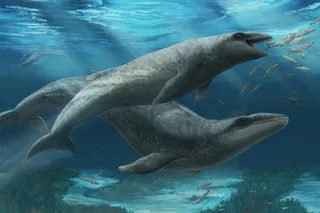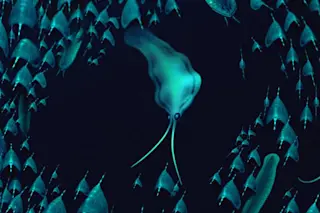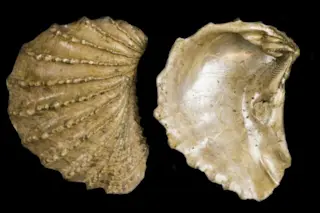Our oceans are vast, powerful and mysterious — and even after centuries of study, there are still many things scientists don’t know about our planet’s blue expanses. But the ocean affects all of our lives intimately, even those of us who live far from the coast. Oceans provide food for billions of people, shape weather patterns across the globe and more.
Here in the United States, much of the work of studying the oceans falls to the National Oceanic and Atmospheric Administration (NOAA), a federal agency established in 1970 to study, manage and protect the oceans. And for decades, the agency has relied on citizen scientists across the country to fulfill its mission. Fishermen, beachcombers, weather watchers and more contribute their observations and data to NOAA citizen science projects like the Community Collaborative Rain, Hail and Snow Network (CoCoRaHS) and the Marine Debris Tracker.
Learn more about NOAA citizen science ...














